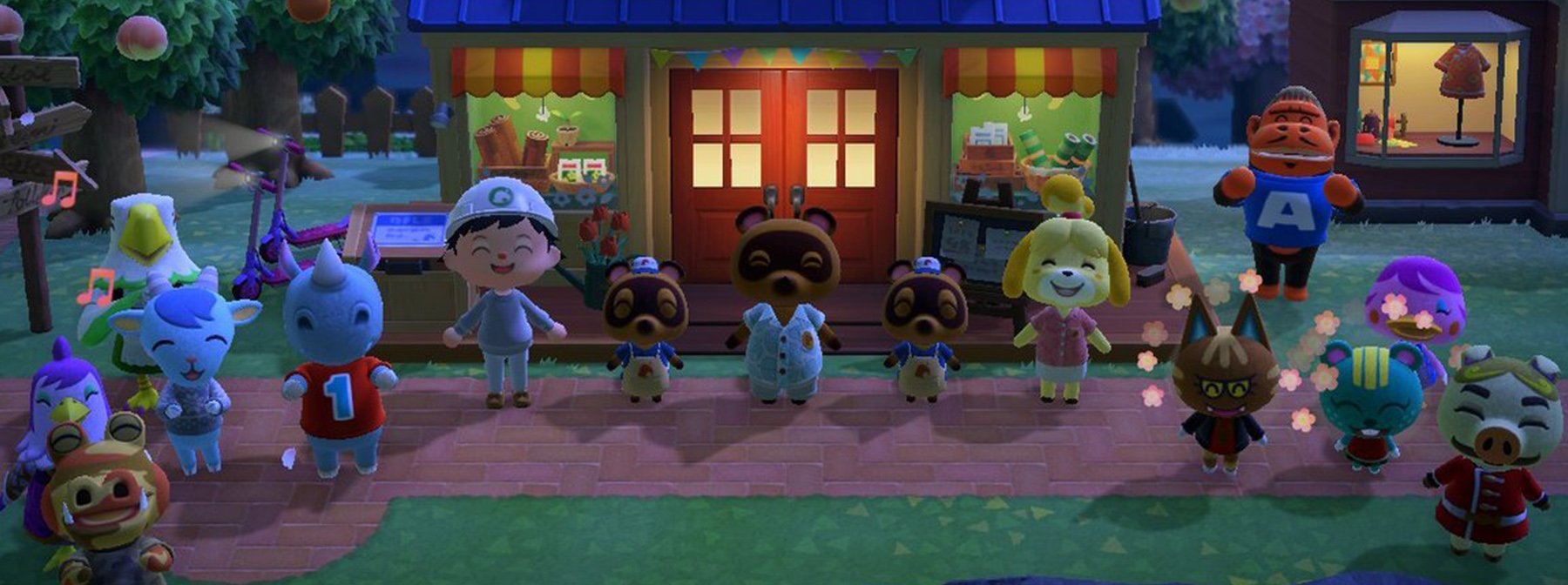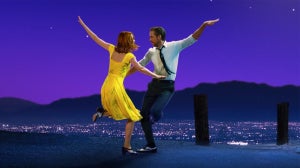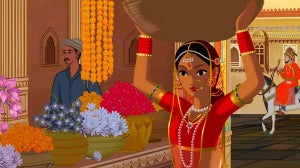
Whether you came in with the well‐timed release of New Horizons a year ago, or (like me) first discovered the series on the Nintendo DS with Wild World, all games essentially share the same core: taking life at your own pace.
But this, of course, was established with the first release on the GameCube- the game without game overs, scores, or even a story, that still won over the hearts of millions.
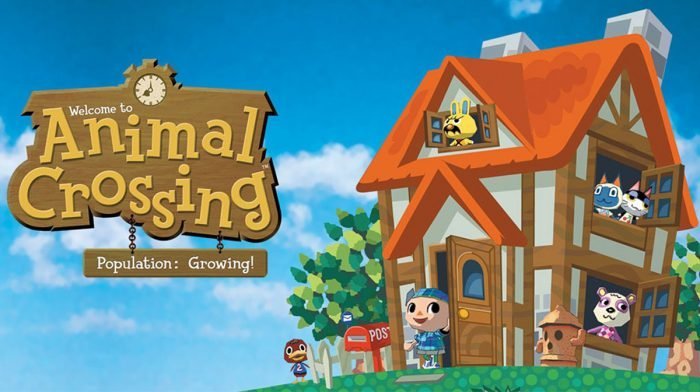
Although most people in Europe and America would call the original Animal Crossing a GameCube game, many fans know that it actually began life on the Nintendo 64 as Doubutsu No Mori, in a similar but not identical form.
Lacking certain features that eventually made their way onto the GameCube port, such as iconic characters like Blathers and the Able Sisters, this earlier iteration was the true jumping off point for the series, and sold surprisingly well given its release late into the console’s lifespan.
Looking back, it’s clear to see that the game was perhaps too ambitious for the hardware available: enter the GameCube.
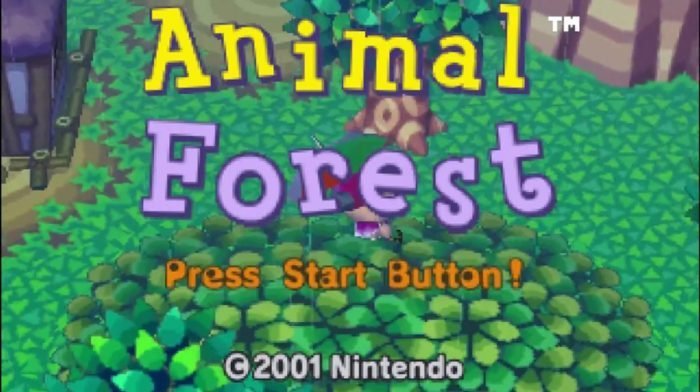
It was definitely easier to implement the game’s main selling point when it shifted to the GameCube: it’s use of the internal clock to sync the game to real‐life time, transforming Animal Crossing into a completely dynamic experience.
While this was possible on the N64 version through a clock within the cartridge itself, this idea seemed tailor made for the newer console’s built‐in features.
As well as more obvious features like a day to night cycle and seasonal changes, this also made the game world feel alive even when you weren’t participating in it – coming back after a few days without playing to discover villagers have come and gone gives a sense of life within it that other series have rarely managed to replicate.
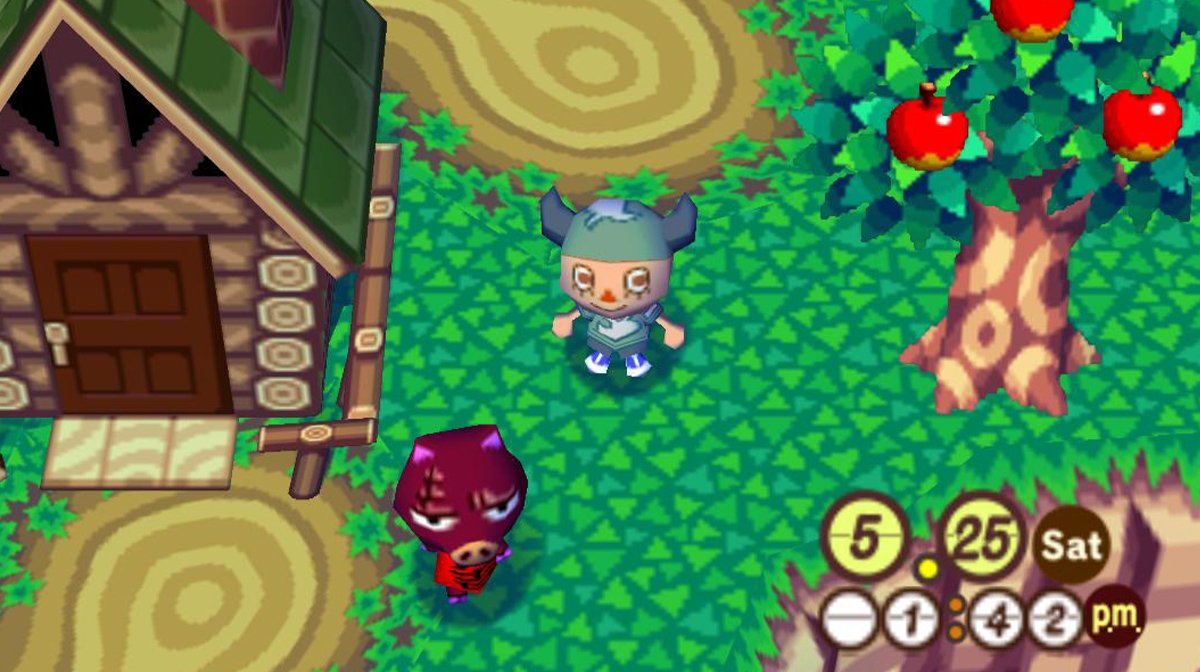
The game begins in a way that feels somehow familiar even on your first time playing: you’re sat on a train, and you’re suddenly joined by Rover the cat, who chats to you about your upcoming life in the town you name.
Stepping off the platform, you run into Tom Nook, who questionably offers you a house in exchange for some manual labour, but once that’s all sorted, you can essentially do whatever you like.
Pay off your mortgage, expand your house, befriend the villagers, go fishing, catch bugs, find fossils – all of the chilled‐out activities that Animal Crossing is known for.
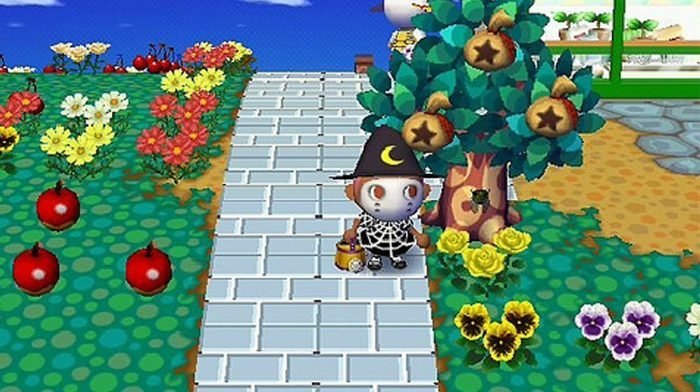
Well, that comforting feeling very much depends on how you feel about the villagers, of course, as one of the most memorable features of Animal Crossing is the lively animals that occupy your village – and some of the surprising things they say.
In contrast to the gentle, play‐it‐safe characters of New Horizons, not only do the GameCube animals say more, they also tend to say what’s on their mind, whether you like it or not!
From calling you dense to telling you to get therapy, these forest creatures aren’t just there to compliment you – you have to earn their respect, and that makes them feel so much more like actual living entities.
Personally, I love their more jagged personalities; it feels a little ridiculous to call Animal Crossing ‘edgy’, but the extra spice of their harshness is undeniably entertaining.
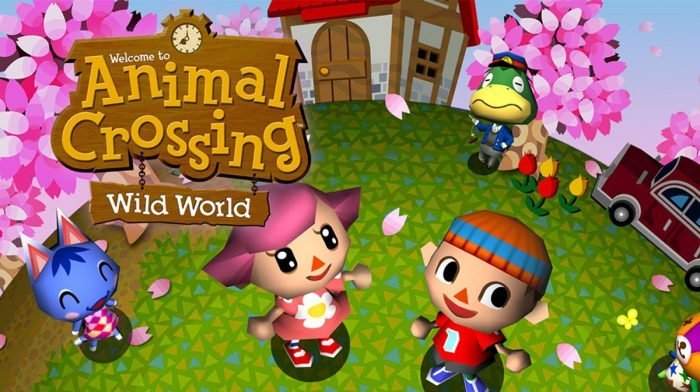
There are plenty of features that are completely unique to the first Animal Crossing game released: certain villagers that were later removed, the acre grid system, and the fact that you’re literally forced to wear a hat just to name a few.
But one thing in particular that stands out is the inclusion of a range of NES games you can access in the game and play in your house by unlocking the right piece of furniture. As fully functional emulators, this was one of the best ways to play these games at the time, and really took the meta qualities of Animal Crossing to a whole new level by putting actual real‐life games within the game.
There are even a few in‐game events that have never shown up again in the series, many of which are based on Japanese culture. For instance, during summer, you can take part in morning calisthenics, an activity popular in Japan – participate regularly enough, and you get a radio for your house where you can exercise in the comfort of your own home.
There’s also the ‘Koinobori’ festival, which sees your town decorated in fish shaped windsocks to reference a real‐world Japanese holiday.
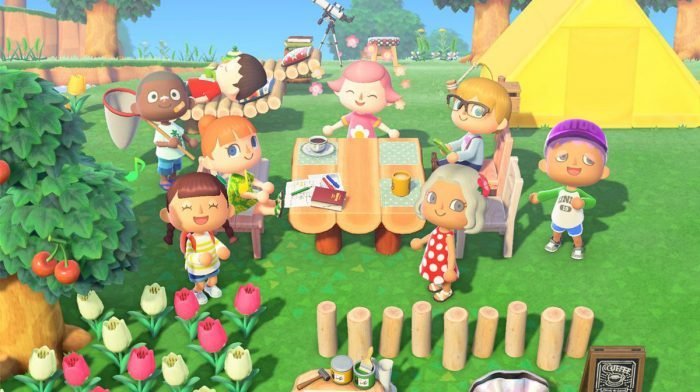
Nowadays, you can see the influence of Animal Crossing on a huge range of games, particularly those of the Harvest Moon series, which predates Animal Crossing but seems forever tied to it in tone and aesthetic, especially with newer releases.
There’s also a wide array of indie games out there that are clearly inspired by the series to some extent: A Short Hike and Garden Paws both capture the laid back, natural vibe the franchise is known best for.
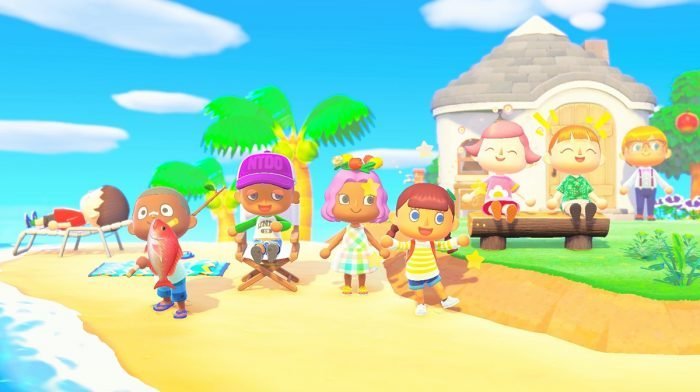
But truly, there’s nothing quite like Animal Crossing, and you’d be hard pressed to find a game that fills the same niche.
Every game in the series is unique, and the GameCube debut is no exception, but you can still trace that feeling of safety, cosiness and satisfaction right through the whole history of the franchise.
If you’ve enjoyed the later games, I’m certain that you’ll find the GameCube classic can give you a similar experience, all while learning about the history and origins of this oddity of a game franchise.
Shop our full range of Animal Crossing products here.
For all things pop culture and the latest news, follow us on Instagram, Twitter, Facebook, YouTube, and TikTok.

